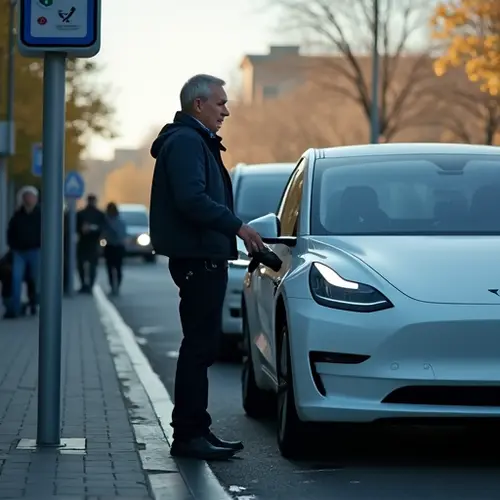
Battery Swapping vs. Fast Charging: The EV Infrastructure Debate
Introduction
The electric vehicle (EV) revolution is in full swing, and with it comes the critical question of how to power these vehicles efficiently. Two primary methods have emerged: battery swapping and fast charging. While fast charging is the more widely adopted solution, battery swapping is gaining traction, particularly in China. This article compares these two infrastructure models across China, the EU, and the U.S., exploring their advantages, challenges, and future potential.
What is Battery Swapping?
Battery swapping allows EV drivers to replace a depleted battery with a fully charged one at dedicated stations. This process takes mere minutes, offering a significant time advantage over traditional charging. Chinese automaker Nio has pioneered this technology, operating over 2,250 swap stations in China and Europe. The company claims the process takes just three minutes, making it comparable to refueling a conventional car.
Fast Charging: The Dominant Model
Fast charging, on the other hand, involves plugging an EV into a high-power charger to replenish the battery. While charging times have improved dramatically—with Tesla’s Superchargers delivering 200 miles of range in 15 minutes—it still lags behind the speed of battery swapping. However, fast charging benefits from a more extensive and growing infrastructure, particularly in the EU and U.S.
Regional Comparisons
China
China leads the world in battery swapping, thanks to government support and the efforts of companies like Nio and Geely. The country’s dense urban areas and high EV adoption rates make swapping an attractive option. In contrast, fast charging is also widely available, with networks like State Grid and TELD expanding rapidly.
European Union
The EU is heavily invested in fast charging, with initiatives like Ionity’s €700 million network expansion. Battery swapping remains niche, though Nio’s pilot projects in Norway and Germany hint at potential growth. The lack of standardization and high infrastructure costs are significant barriers.
United States
The U.S. favors fast charging, with Tesla’s Supercharger network setting the standard. Battery swapping has seen limited adoption, partly due to Tesla’s abandoned early efforts and the country’s vast geography, which complicates swap station deployment.
Pros and Cons
Battery Swapping
- Pros: Speed, reduced grid strain, potential for second-life battery use.
- Cons: High upfront costs, lack of standardization, limited vehicle compatibility.
Fast Charging
- Pros: Widespread infrastructure, lower initial investment, compatibility with most EVs.
- Cons: Longer wait times, grid strain during peak usage, battery degradation.
Future Outlook
The debate between battery swapping and fast charging is far from settled. While fast charging dominates today, battery swapping could play a complementary role, especially in urban areas and commercial fleets. The key to success lies in standardization, collaboration, and continued innovation.

 Nederlands
Nederlands
 English
English
 French
French
 Deutsch
Deutsch
 Espaniol
Espaniol
 Portugese
Portugese



